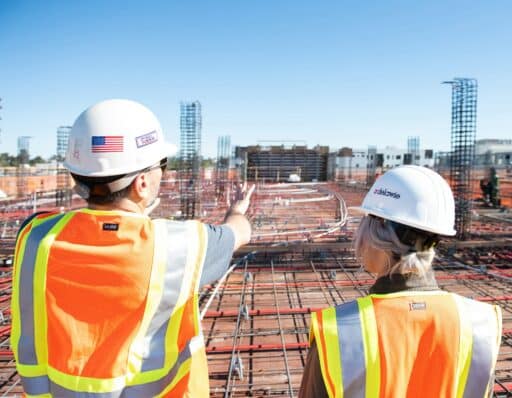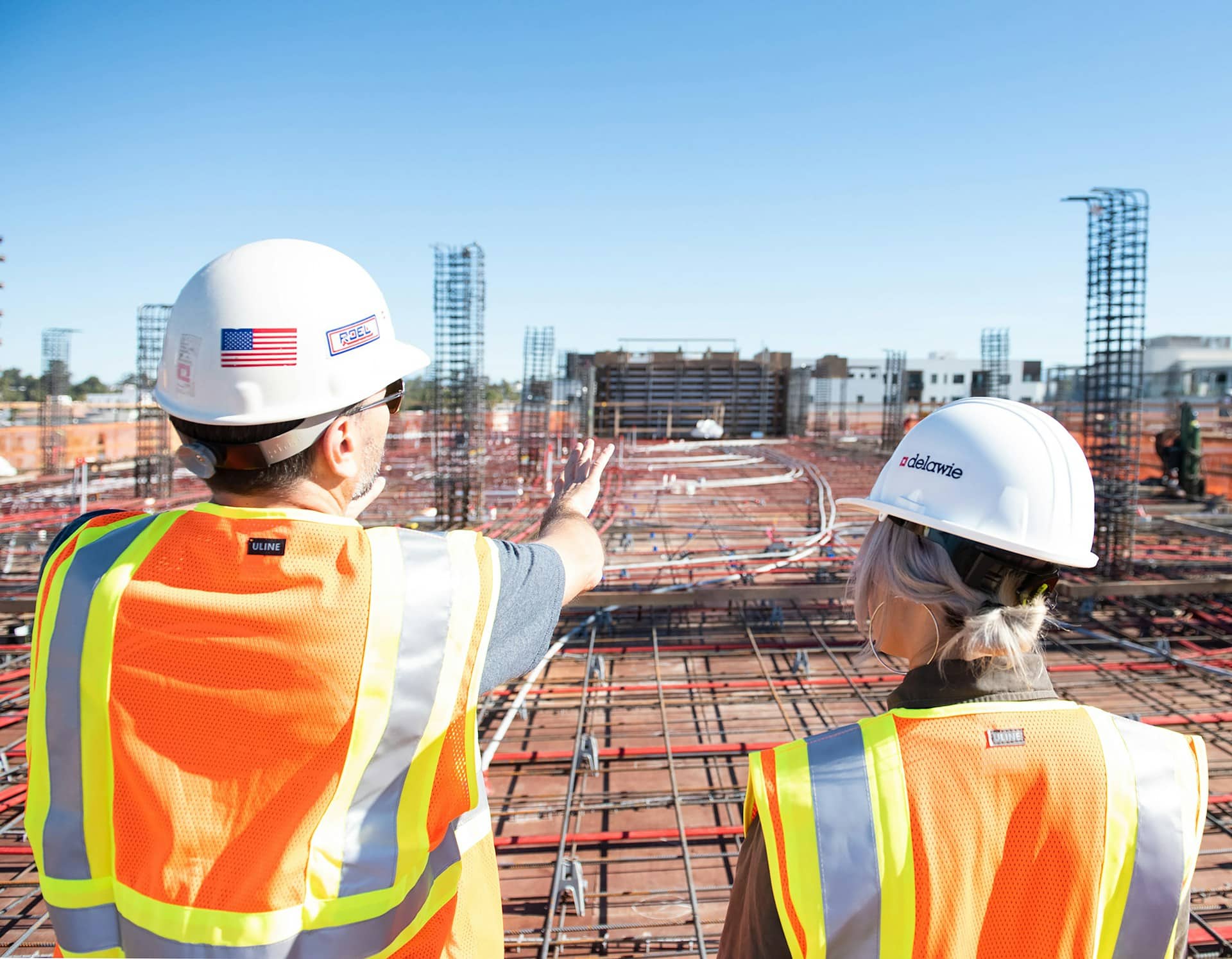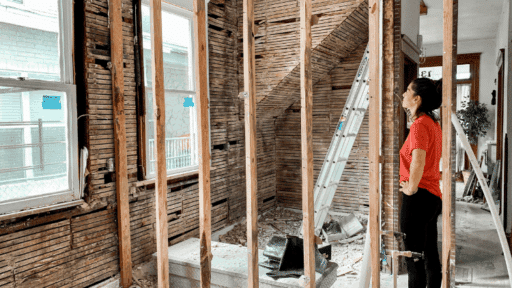Safety on work sites goes beyond helmets, gloves, and harnesses. It requires a mindset where every person feels responsible for reducing risks. In cities like Denver, CO, where building projects are active and expanding, the need for stronger workplace safety practices is becoming more urgent. Businesses across the area are recognizing that rules alone are not enough. They want programs that engage their teams, set clear standards, and create lasting habits. Local industries are turning to guidance from trained consultants who help shape safer routines.
Here’s how your organization can build a culture of safety that truly lasts:
Why Safety Culture Matters More Than Just Compliance
Many workplaces still view safety as a checklist. Workers attend training, managers post regulations, and protective gear is issued. Yet accidents often happen when the culture is weak. A culture of safety changes that mindset. It influences how teams think, act, and respond in risky situations. Workers begin to take responsibility not because they fear penalties but because they value their own well-being and that of their coworkers. In industries with high physical demands, this shared approach reduces incidents. Strong culture comes from consistent leadership, open communication, and trust. These foundations make safety more than just following rules.
Guidance and Expertise in the Local Construction Industry
Denver, CO, has seen steady growth in worksite activity. With that expansion comes a greater need for strong safety programs. Businesses in the city often seek help from local consultants who provide hands-on support. Their services can include on-site evaluations, employee training sessions, audits, and custom program development. Many also offer OSHA compliance training, policy reviews, and tailored workshops. A Denver, CO safety consultant can design systems that match the unique demands of each workplace. These consultants can also help leaders foster accountability by creating clear expectations and offering follow-up support. Their goal is long-term improvement, not quick fixes.
Leadership’s Role in Driving Safety Culture
Leadership sets the tone for how safe practices are received. If managers cut corners or ignore risks, workers may feel they can do the same. When leaders show commitment, employees respond with the same seriousness. Leaders should walk sites, ask questions, and listen to staff concerns. These direct actions prove safety is not just a policy but a priority. Supervisors can also encourage open communication by making it clear that reporting risks is valued, not punished. Building culture begins with those at the top. Their influence helps create a workplace where accountability is part of everyday routines.
Training That Goes Beyond the Basics
Many organizations provide orientation training and stop there. While initial instruction is important, it is not enough to build lasting habits. Ongoing training keeps information fresh and relevant. Scenario-based drills and hands-on workshops help workers understand how to respond when problems arise. Refreshers on equipment use, hazard recognition, and emergency response should be scheduled regularly. Consultants often tailor training to site-specific conditions. This personalization helps workers connect the material to their own experiences. A program that evolves with new risks strengthens workplace safety and reduces the chance of incidents over time.
Empowering Workers to Speak Up
A true culture of safety cannot exist if workers remain silent about hazards. Employees need to feel confident that reporting issues will be met with support, not blame. Encouraging this attitude starts with managers openly thanking staff who raise concerns. Anonymous reporting systems can also help when workers feel uncomfortable speaking out directly. Team discussions, toolbox talks, and daily check-ins give employees a chance to share observations. Workers closest to the task often notice risks first. When their voices matter, safety becomes a shared responsibility. This active involvement helps catch problems early and prevents accidents before they occur.
Using Technology for Safer Workplaces
New tools are changing how safety is managed. Wearable devices can monitor fatigue or detect falls. Drones are used to inspect areas that are hard to reach, lowering the risk for workers. Mobile apps let teams report hazards instantly and track follow-up actions. Digital checklists reduce paperwork and improve accuracy. Many organizations have already begun to use technology to improve communication between teams and supervisors. These tools do not replace training, but they make it easier to identify and solve problems quickly. When technology is used correctly, it becomes part of everyday routines and strengthens safe practices.
Building Safety Into Everyday Operations
Safety works best when it is part of daily routines rather than a separate task. Pre-shift briefings allow workers to review site conditions and highlight potential risks. Equipment checks before use reduce accidents caused by faulty gear. Regular walk-throughs help identify hazards that might otherwise go unnoticed. When small actions become habits, they reinforce a culture that values caution and accountability. Consider encouraging supervisors to lead short meetings each morning. These consistent practices create awareness before work begins. Embedding safety into normal tasks helps workers understand it as a responsibility that applies at all times, not occasionally.
Recognizing and Rewarding Safe Practices
Positive reinforcement encourages employees to stay committed. Recognition programs can highlight workers who consistently follow safe routines. Simple gestures, such as acknowledging good practices during team meetings, can make a strong impact. Some organizations provide small incentives like gift cards or additional breaks to motivate workers. These rewards build morale and show that management values more than just productivity. Industries with active worksites have seen positive results when they publicly celebrate safe behavior. Workers notice when leadership supports them, and they respond with stronger commitment. Recognition creates a loop where safe practices are repeated and reinforced daily.
Safety goes far beyond protective equipment. It is about building a culture where leadership sets the tone, workers feel empowered, and training is ongoing. Technology and daily routines add structure, while recognition keeps motivation strong. Measuring progress and preparing for emergencies ensures that safety remains a priority over time. Nowadays, companies are realizing that investing in safety culture creates more than compliance. It creates trust, accountability, and long-term success. By working together and treating safety as part of every task, organizations protect their teams and strengthen their future. A safe workplace always starts with culture.








